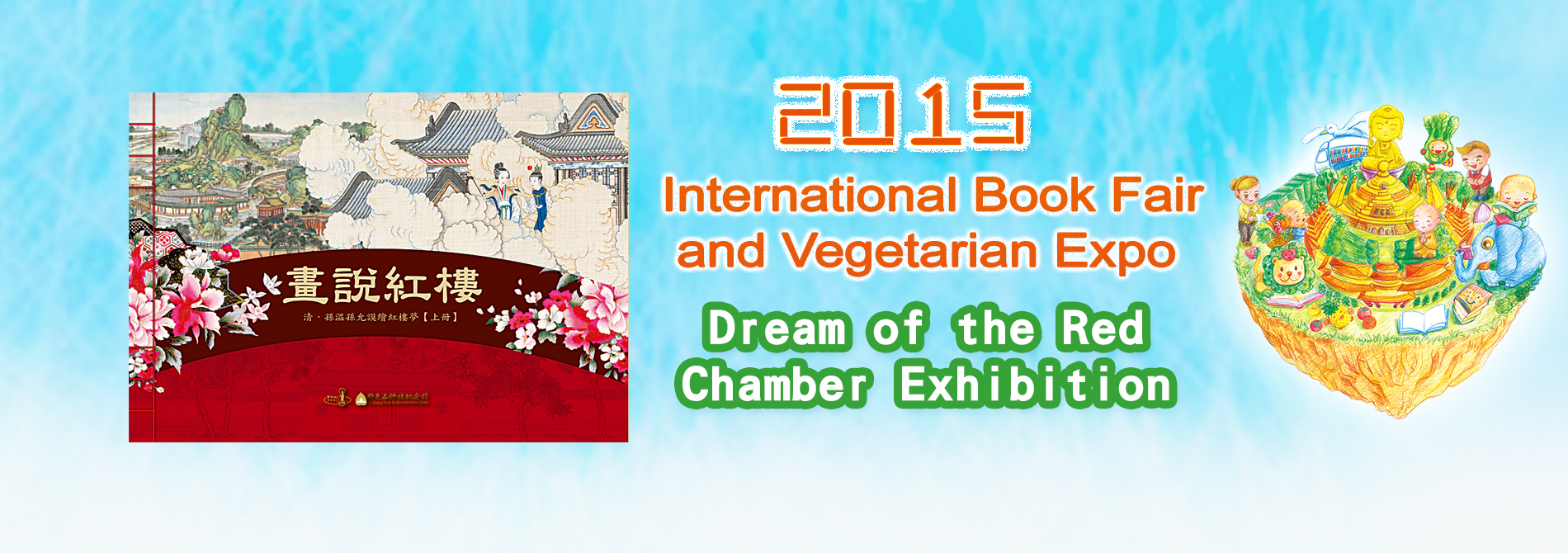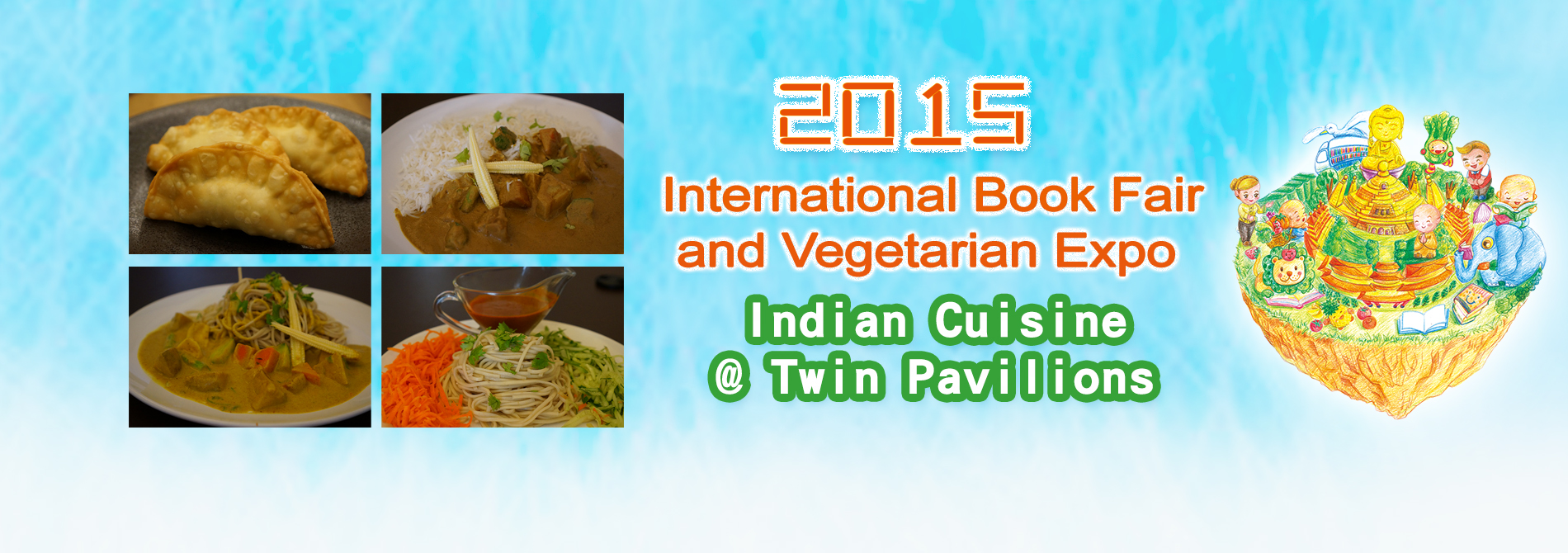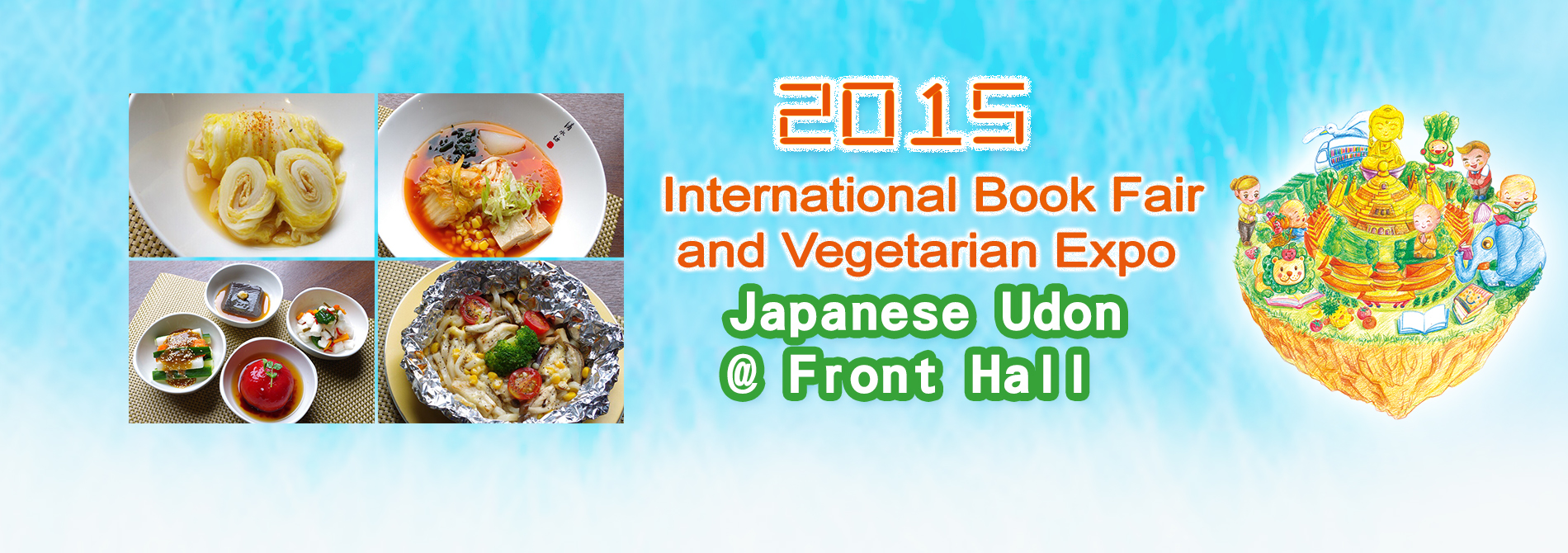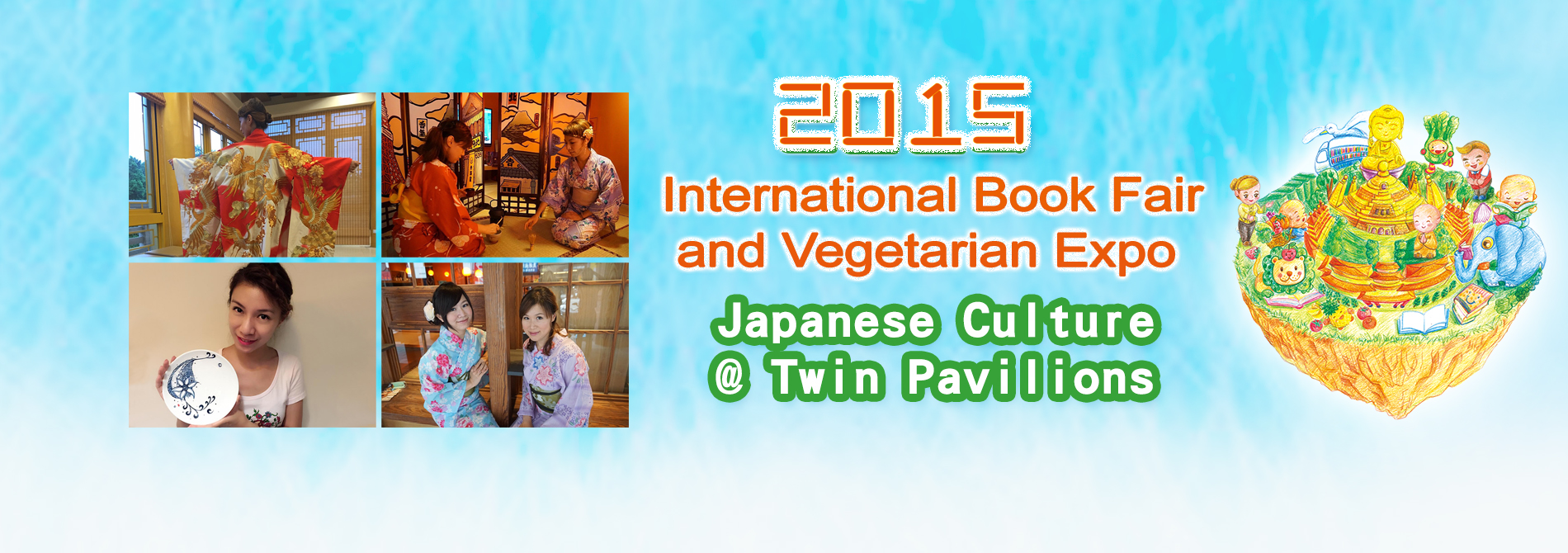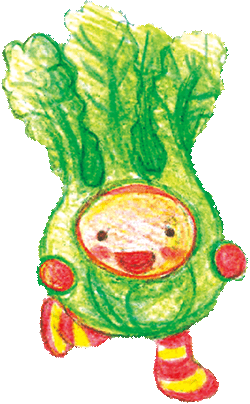
Vegetarianism
We hope to promote vegetarianism as a new lifestyle with the promotion of healthy vegetarian and organic food products. A splendor of vegetarian cuisines will also be provided to the visitors. Books introducing vegetarian food and cooking methods will also be available at the book fair.

Japanese Culture @ Twin Pavilions
The Japanese tea ceremony, also called the Way of Tea, is a Japanese cultural activity involving the ceremonial preparation and presentation of matcha, powdered green tea. In Japanese, it is called chanoyu or sadō, chadō. The manner in which it is performed, or the art of its performance, is called (o)temae. Zen Buddhism was a primary influence in the development of the Japanese tea ceremony. Much less commonly, Japanese tea ceremony uses leaf tea, primarily sencha, in which case it is known in Japanese as senchadō (the way of sencha) as opposed to chanoyu or chadō.
In addition, the Twin Pavilions will offer nagashi-sōmen (flowing noodles) in the summer. The noodles are placed in a long flume of bamboo that carries clear, ice-cold water. As the sōmen pass by, diners pluck them out with their chopsticks and dip them in tsuyu. Catching the noodles requires a fair amount of dexterity, but the noodles that are not caught by the time they get to the end usually are not eaten, so diners are pressured to catch as much as they can. A few luxury establishments put their sōmen in real streams so that diners can enjoy their meal in a beautiful garden setting.
Apart from the tea ceremony, visitors can also get to experience Japanese dance, wearing the traditional Japanese kimono, and making ceramic bowls. Don't miss it!
Venue: Twin Pavilions (2F)

Japanese Udon@Front Hall
Udon is often served hot as a noodle soup in its simplest form, as kake udon, in a mildly flavoured broth called kakejiru, which is made of dashi, soy sauce (shōyu), and mirin. Common toppings include aburaage, a type of deep-fried tofu pockets seasoned with sugar, mirin, and soy sauce. Shichimi can be added to taste.
One story says that in AD 1241, Enni, a Rinzai monk, introduced flour milling technology to Japan. Floured crops were then made into noodles such as udon, soba, and pancakes which were eaten by locals. Milling techniques were spread around the country. In the Edo period, the thicker wheat noodle was generally called udon, and served with a hot broth called nurumugi. The chilled variety was called hiyamugi.
Yet another story says that a Buddhist priest called Kukai introduced udon noodles to Shikoku during the Heian Era. Kukai traveled to China around the beginning of the 9th century to study. Sanuki Province claimed to have been the first to adopt udon noodles from Kukai. Hakata claimed to have produced udon noodles based on Enni's recipe.
Venue: Front Hall Teahouse

Indian Cuisine@Twin Pavilions
Indian cuisine encompasses a wide variety of regional cuisines native to India. Given the range of diversity in soil type, climate, culture, ethnic group and occupations, these cuisines vary significantly from each other and use locally available spices, herbs, vegetables and fruits. Indian food is also heavily influenced by religious and cultural choices and traditions. The development of these cuisines have been shaped by religious beliefs, and in particular by vegetarianism, which continues to grow as a dietary trend in Indian society. There has also been Central Asian influence on North Indian cuisine from the years of Mughal rule. Indian cuisine has been and is still evolving, as a result of the nation's cultural interactions with other societies.

